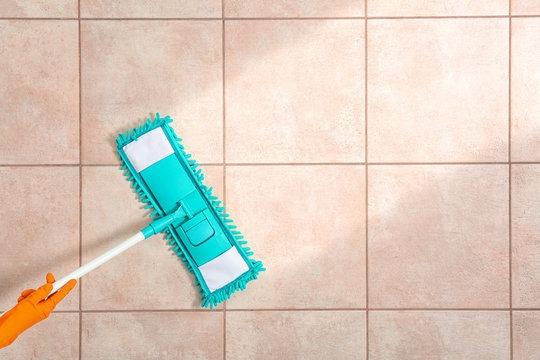Slips and falls leading to loss of lives and serious injuries are common in the commercial kitchen set up.
The rising cases raise the alarm as to what we are not doing right to protect the lives of not only our employees, clients, and our loved ones.
Common causes of slippery floors
The slipperiness of a floor can result from a spilled fluid or food items like fruit peelings on the floor as well as from grease.
Cleaning the fluid, food or grease off the floor is key when preventing accidents caused by slippery floors.
Tips when cleaning a slippery floor
- Using the correct detergent – if uncertain, consult with your manufacturer if it is safe to use any or a particular type of cleaning agent on that surface.
- Wear the right type of shoes – cleaning a slippery floor is already a dangerous venture; hence wearing the right type of shoes with grip to hold you on the ground is important.
- Use different mops to clean different areas in the house.
- Ensure to put up a warning sign for others to take caution.
Steps to cleaning your slippery kitchen floor
- Sweep the debris off the floor before the commencement of the cleaning process.
- Use a suitable detergent or cleaning agent for your floor to make your cleaning solution. Ensure to read and follow the manufacturer’s instructions before using the product.
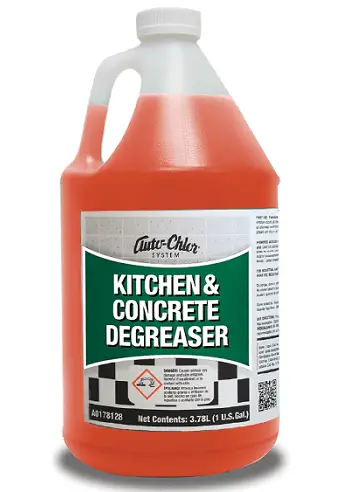
- Mix with an Anti-Slip cleaner to minimize slipperiness and degreaser to get rid of greasy stains.
- Pour or apply the solution evenly on the floor. You can use a chemical distribution system connected to a hosepipe for kitchens with a drain. For those without, you can spread the solution with a mop and bucket.
- Scrub the floor with a soft bristle deck brush, which enables you to reach the hidden pores in the tiles.
- Let the solution settle for about 10 minutes while still scrubbing the floor to get rid of the dirt and grease.
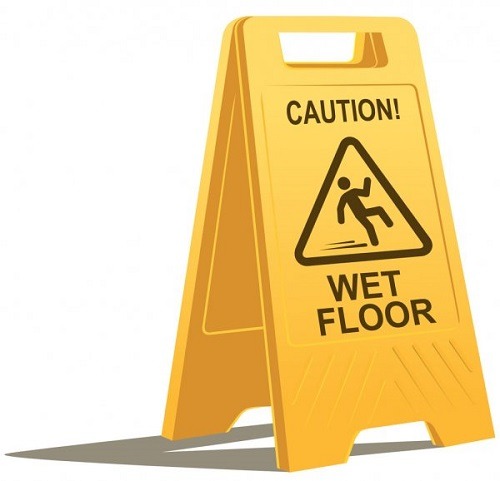
5. Ensure there is a warning sign indicating to users that the floor is slippery. If possible, keep the area free from human traffic.
6. Rinse the mixture off the floor with hot water either using a hose pipe if there is a drain or a mop and a bucket of there is no drain. If you use a mop and bucket, change the water frequently to avoid spreading grease over and over again. Also, ensure to use a clean mop for rinsing.
7. Push the water mixed with grease, dirt, and other components down the drain. A dry vacuum clears off excess water on the floor.
8. Repeat the cleaning process until satisfaction
9. Apply the anti-slip treatment.
For effectiveness, clean the floor every day and every week using the procedure above.
Use of anti-slip coating to make floors safe
Ensuring your floor is safe for use will spare you unnecessary damage and medical costs. There are various ways you can ensure your floor is safe.
This article deals with one of the most common and efficient ways to protect your floors.
Anti-slip floor treatment is a cost-effective way of ensuring the current floors are safe, especially when slippery.
Let us focus on what we need to know about anti-slip treatments.
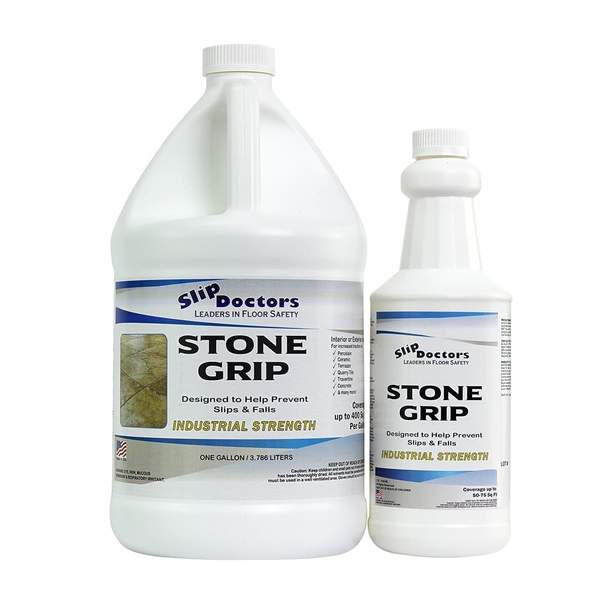
When to use anti-slip treatments
Treatments are only necessary on very slippery floors. There are scenarios where you use harsh acid treatment that damages the floor, while a simple method of thorough cleaning of the floor would have worked with no damage caused to the tiles.
The pendulum test data is the only sure way to know if your floor needs treatment. Aside from that, it is just guesswork, and you might get it wrong.
If, after a thorough cleaning of the floor, it remains slippery, it is time to seek an anti-slip treatment.
Should I Replace or Treat my Floor
The idea of treatment, instead of replacing the whole floor, is a matter of cost. Replacing a whole floor takes several days, interrupting your business.
This leads to loss of income and additional costs incurred to purchase materials and labor.
An anti-slip treatment requires only two hours to apply with no interruptions on your business operations.
The working of anti-slip treatments against other chemical agents
This chemical treatment works on tile and stone surfaces. They don’t work on wood, vinyl, and other materials.
The application of this treatment induces a chemical reaction that strengthens the floor’s surface to increase its grip.
Acidic treatments are most common in the market, though many times, manufacturers dispute that their product contains any acidic component.
Acids are harsh on the floor as they alter its texture. Acids come in varying strengths; hence they will have different results.
Other chemical-based treatments have similar results, though they do not attack the surface, enabling it to retain its shine.
The working of anti-slip coatings
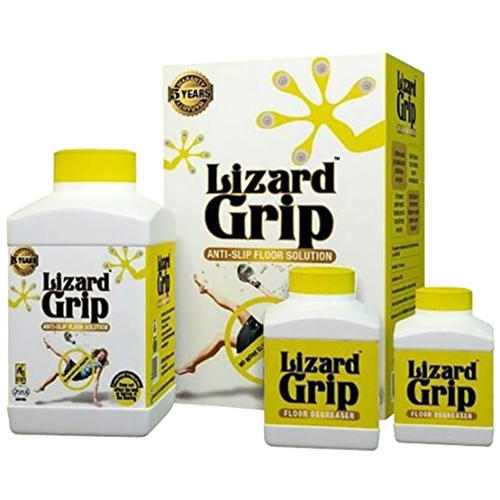
For surfaces where the chemical reaction is impossible, add a coating aggregate to provide grip on the surface. Other types of coating include polyurethane and resin-based.
When using coatings, prepare the floor in advance and allow it to dry before you can use it. Coatings take longer to dry compared to other chemicals.
Alternative methods for anti-slip floor treatment
Alternatively, you can opt for mechanical methods such as blasting and honing. Both roughen the surface by attacking it.
These methods are not recommended due to the damage and changes it causes on the surface.
Pros and cons of anti-slip treatments
Pros:
- Retains the appearance of the surface
- Guarantee of results
- Cost friendly
- Doesn’t cause interference with the business operations
- Increases productivity and comfort
Cons:
- Constant renovations
- Only applicable to a limited number of surfaces
The lifespan of an anti-slip treatment
It is normal for floors to wear off, especially due to friction after an expected treatment. Similarly, treatments applied on the top surface are also prone to wear.
Depending on the anti-slip treatment you go for, they can last for about 1-10 years.
The lifespan may, however, depend on their maintenance after installation. Failure to clean a treated floor properly will lead to contamination and slipperiness.
Are floors cleaned with anti-slip treatments harder?
The conception that anti-slip treatments make floors hard to clean is a myth.
The treated part indeed accumulates more dirt due to the grip and may therefore look/feel like it has accumulated an extra layer.
It might not be as easy as a smooth surface, but floors that are treated with anti-slip treatments do not offer more resistance to wear and tear compared to untreated floors.
Floor maintenance after an anti-slip treatment
Most manufacturers and installers advice that you top up recommended chemicals after treatment. This is to enable the anti-slip treatment to last longer. The chemicals are simply diluted versions of acid treatment.

